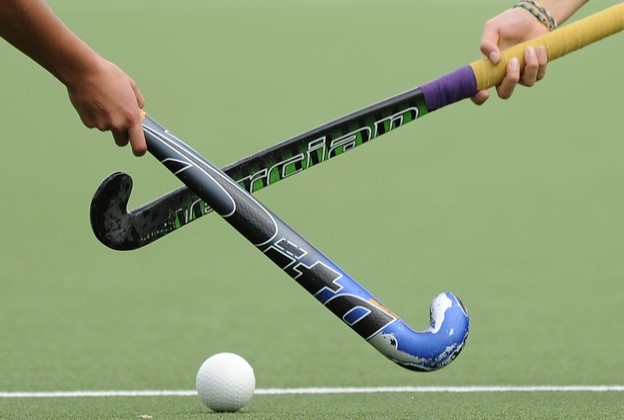Find Your Length
The basic rule of thumb is that your stick needs to come to the top of your hip bone. But your field position can also affect the length of stick you require or feel comfortable with. If you’re a defensive player who needs to drive the ball back up the field, choose a longer stick. If you’re in attack, you might find a slightly shorter stick gives you better handling and control.
Watch Your Weight
The weight of stick you prefer is down to individual preferences. If you’re a wristy player with a quick backswing, you’ll prefer the feel of a lightweight stick. If you prefer more heft and power behind your hits – or you typically play a hard game and your stick takes a real pounding – then a heavyweight stick will suit your game better.
Get Your Head Straight
The head of the stick is your point of contact with the ball, so it’s very important to choose the right head shape for your game. The shorti head is still popular in the indoor game and for anyone with a strong dribbling game. The midi and maxi heads, with their increased sweet spots, are the most universally popular head shape, allowing a player to trap and flick the ball with greater power. The hook offers the biggest surface area and is favoured by defensive players for its ability to stop the ball. Specialised goalkeeper sticks are also available, and you can find and buy hockey sticks online with ease.
Bow Down
Every hockey stick has a slight bend or bow in the shaft from the handle to the toe, and this has a major impact on the way a stick plays. A regular or standard bow of between 20mm and 25mm will benefit your all-round game, but for more advanced manoeuvres you’ll need a control or late bow.
The control bow – where the centre of the curve is closer to the toe – gives you extra power to lift and flick the ball, allowing for dynamic control of your gameplay. The late bow puts the 25mm bend as close to the head as possible and gives advanced players all the control they need for drag and flick manoeuvres.
The Right Stuff
Most modern sticks are made of composite materials that have an impact on performance, weight and power. Depending on your skill level, you can choose from any of the following.
Carbon is heavier and more rigid than other materials, but it compensates by delivering superior power. If you’re an elite-level player, then you’re using carbon. Fibreglass is a component of nearly every hockey stick on the market and delivers a comparable performance to carbon without the big price tag. They’re also lighter and better suited for the beginner. Aramid helps to dampen and control impact vibrations. But a traditional wooden stick wrapped in fibreglass is a great choice for a beginner.


